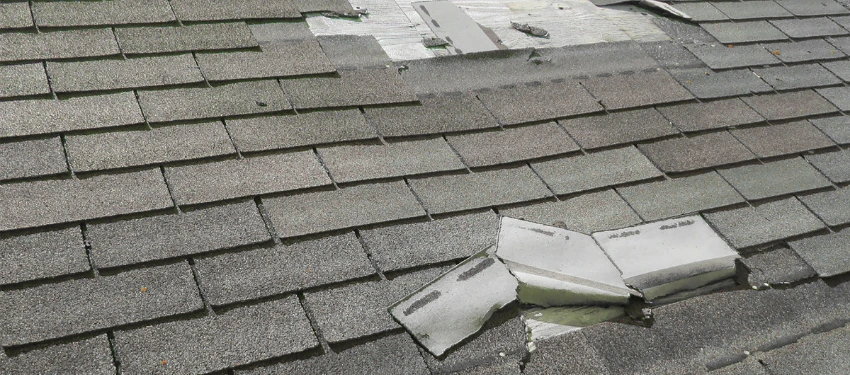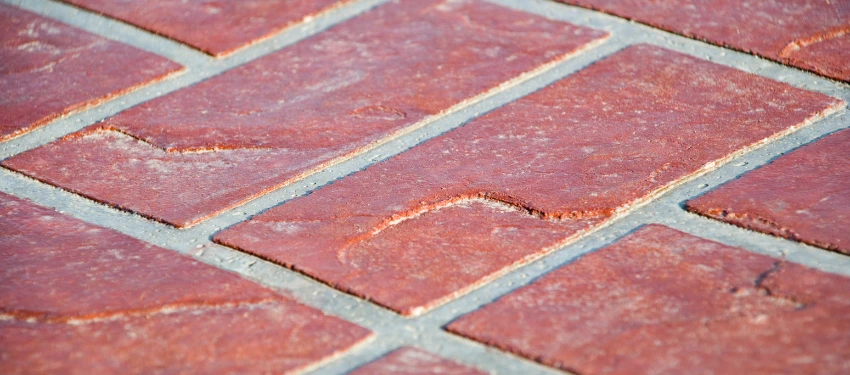The winter season may be over but it has surely left homeowners on some spring-to-do lists. Winter is a beautiful season but it could also be brutal and tough, especially on the exterior of homes. This is especially true if you live in the northern parts of the country that could experience snowstorms and heavy snow. With spring being here, the warmer weather also signals homeowners to start their new home projects, like the popular spring cleaning and spring home improvement projects. If you have been busy and haven’t gone around working on your home, we suggest that before you start any spring cleaning or upgrading any features of your house, make sure that you inspect it first with potential damages caused by the winter season.
You may not have given it much thought especially if you don’t have any obvious damages or have not experienced snowstorms, but don’t be surprised how the winter season could take its toll on your home. If you look closely and take advantage of the warmer season, the damages and debris left by the several months of the cold season will surely be exposed. Several of the most common problems brought about by the spring season are damages to the roof, windows, gutter, outside spaces, and more. If your aim is to keep your home in top condition, inspection and proper maintenance should be done regularly, and spring is the best time to do that.
We urge homeowners to proactively assess their properties (check it from top to bottom, exterior to interior). You would be surprised how many inquiries we have received due to winter-related damages. There are also many cases where homeowners ignored the early warning signs of damages, with being unattended, it created bigger and costlier damage. Even if you were diligent in applying preventive seasonal maintenance, you can’t assume that your home is left unscathed from the temperature swings, snow, freezing weather, sleet, and harsh winds that come with the winter season.
Here are possible winter damages to look out for:
- Look for roof damages

The roof is the most obvious starting point, as your roof is basically the most abused part of your home during the winter season (heavy snow covering your roof, winter winds, winter freeze/thaw cycle). Do not wait for the spring shower to happen to look out for leakages, there are physical signs that are easy to spot. For example, if your roof is made of shingles, check out if there are missing shingles that might have been knocked out by the strong winter winds. Aside from missing shingles, check for any cracks, shifted, or crooked shingles. Also, check if there are any “nail pops”. From below, look for a slightly “raised eyebrow” appearance, if you found one, it means that water could easily seep into those raised nails.
Anything that looks out of the ordinary or any visible signs of damage should be addressed. The good news is, that you don’t have to climb your roof to assess your roof. Aside from keen eyes, you can also just use binoculars to ensure safety. As soon as you spot any issue, call in the professionals for roof repair immediately. Do not wait for your roof issues to be bigger as replacing an entire roof would definitely become a bigger dent in your bank account.
Also, don’t forget to check under your roof. Head up to your attic and check for mice, insects, bats, and other critters that may have taken refuge during the cold winter season.
Aside from critters, ensure that you have carefully checked for signs of molds and if you have ventilation and insulation issue. You can then add this to your home improvement list so that when the hot and humid summer comes, you can avoid further mold growth.
- Check your gutters
If you have already cleaned up and made the necessary repairs to your home’s gutter system during fall, you have to check it again when spring arrives. Winter could cause real damage to your gutters and downspouts due to ice dams, constant moisture from snow, heavy ice buildup, shifting temperatures, and water freezing (this can cause separation in some areas).
Immediately repair and replace damaged sections if needed to avoid bigger damages.
For professional gutter repair, click here.
- Inspect your outdoor spaces (driveway, deck, sidewalks)

The freezing then thawing of water, as well as heavy snowfall can take a toll on driveways, sidewalks, and deck structures.
For your driveway and sidewalk, check for signs of cracks and holes. Cracks do naturally develop over time; this will allow water to be deposited in those spaces. And when the water freezes, it will then expand and could end up being larger, deeper cracks or even potholes. You can apply sealants, patching compounds, or consider calling in the pros to address the issues.
For your decks, watch out for any popped fasteners, signs of mildew (you can remove them by using a pressure washer or scrub brush), warping, loose boards, and any soft spots, especially on the ledger board. You don’t want your deck to suddenly collapse and cause injuries. Also, while at it, check for signs of termites, and if spotted, call in a professional pest control company to address the issue.
For any wooden structures like your deck, pergolas, and fences, make sure to stain and reseal regularly to make them last longer.
- Check your sidings
In addition to the outdoor spaces mentioned above, make sure to also check for any damages on your sidings. Some of the spots to check are near the gutter downspouts for signs of water staining, which indicate leakage from above. If you have a wooden siding, check for knot holes, popped nails, and signs of rot and soft areas. Note that any opening on your siding means access for pests. Pests of course will lead to more damage.
Also, take note of exposed wood or peeling paint as you check for wood integrity. You may add painting or staining the exposed wood to your spring to-do list. In addition to looking good, this will further extend the lifespan, as it also acts as a moisture barrier.
- Check your lawn and trees on your yard

If you have trees around your yard, then they could have sustained damage with winter’s high winds and heavy snow. To avoid accidents and damages to your property (e.g. falling on power lines), always check and have your trees trimmed. It is also a plus that it will surely make your landscaping look good.
For professional local tree services, click here.
Your lawn has surely taken a beating with winter’s freezing temperature. Since most homeowners would surely love to have healthier and greener grass for spring and summer, checking the condition of your lawn is a must. If your area has been hit by blizzards, watch out for those ugly gray circles on your lawn, as this could be a sign of snow mold. You can also always hire professional lawn care and achieve those green and healthy lawns without sweat.
Check out this article on lawn care services and some helpful tips on how to start your spring lawn care.
- Check your doors and windows
Your doors have most likely worked overtime during the winter season. With the exposure to elements during winter, your door frames can grow soft and damp. When there is moisture, it could lead to wood rot and even invite pests, such as termites. Make sure to carefully check and fill in damaged areas. If the damage is too big, consider a door frame upgrade.
For your windows, your caulks should be intact. If you notice that your home is drafty, then that’s a red flag that you need to reapply caulk. You could also consider replacing your windows at home if you have the extra budget as part of your home improvement project. Not only can you save on energy bills and ensure safety and security, but it could also improve your home’s curb appeal.
Ask for a window replacement quotation here.
- Check your pool

You may be tempted to jump on your pool after the long winter days, but before you do that, check your pool first. Buildups and debris could be present with your pool not being used for a long time. You also have to ensure that there are no algae growth, cracks, and loose tiles.
Check out this article guide on how to properly clean up your pool after winter.
Even if you have taken the necessary precautions to protect your home before the winter season, issues can still arise in your home. Damages are inevitable especially since we can’t always anticipate the impact of winter. This is especially true if you live in areas with snowstorms, heavy snow, and such. Checking for winter damage is a must for you to reverse the damage of the cold season.
There are some easy repairs that you could do by yourself, but if you do not have the time or the issue is more complex, do not hesitate to ask for help from your trusted professionals to ensure that your property is always in top condition and ready for the seasons to come.






